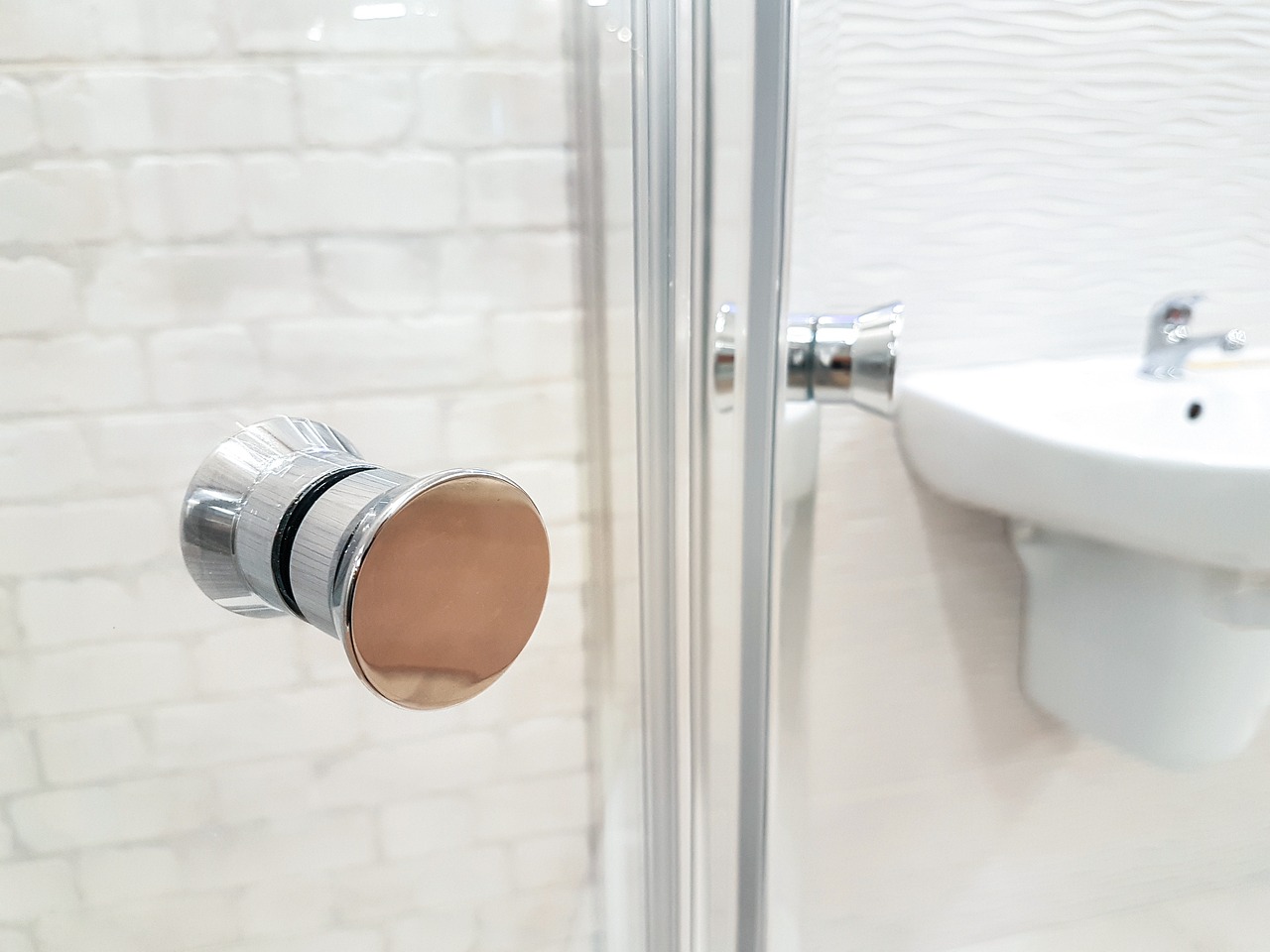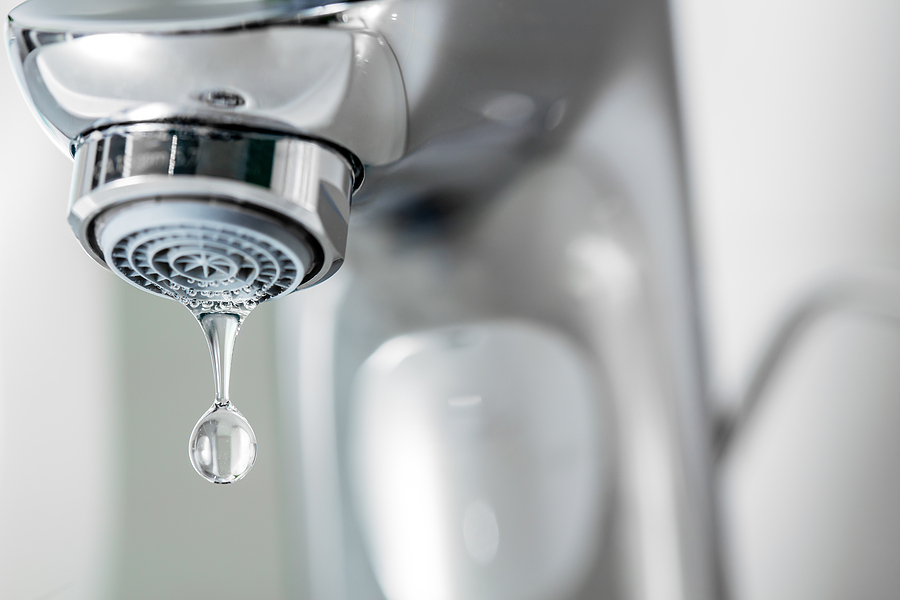Save money and the environment with these top eco-friendly plumbing solutions for your home
In today’s world, sustainability and environmental conservation have become increasingly important. As such, many homeowners are seeking ways to reduce their carbon footprint and promote sustainability within their homes. One of the most effective ways to achieve this is through eco-friendly plumbing solutions.
Eco-friendly plumbing solutions can help reduce water usage and promote sustainability, resulting in lower utility bills and a more environmentally conscious household.
In this article, we’ll go through some of the top eco-friendly plumbing solutions for your home, exploring what role eco-friendly plumbing design, fixtures, and solutions play in a world that is becoming increasingly conscious about its carbon footprint.
The environmental benefits of eco-friendly plumbing
Saving the planet, one flush at a time: the environmental benefits of eco-friendly plumbing
Implementing eco-friendly plumbing solutions can help reduce water and energy usage and contribute to a healthier environment. For example, by reducing water usage, eco-friendly plumbing solutions can decrease the strain on municipal water and wastewater treatment systems.
This can ultimately lead to improved water quality and reduced greenhouse gas emissions associated with water treatment and transportation.
Choosing the right eco-friendly plumbing solution for your home
Go green: how to choose the right eco-friendly plumbing solution for your home
When choosing eco-friendly plumbing solutions, it’s essential to consider factors such as water usage, cost, and efficiency. Considering your unique needs and priorities, you can choose the eco-friendly plumbing solution that best fits your lifestyle.

For example, if you live in an area with frequent droughts, choosing a low-flow toilet or showerhead may be a more pressing concern. Similarly, a tankless water heater may be the best option if you’re looking to reduce your energy bills.
The financial benefits of improving plumbing design
Making a case for upgrading to eco-friendly plumbing: the long-term financial benefits
In addition to promoting eco-friendliness, improving plumbing design can lead to significant cost savings for everyday Australians.
Moreover, upgrading old and inefficient plumbing systems can prevent costly water leaks and repairs. A small leak in a tap or pipe may not seem like a big deal, but it can add up over time and result in hundreds of dollars in wasted water and repair costs.
By implementing eco-friendly plumbing practices and improving plumbing design overall, homeowners can enjoy both environmental benefits and financial savings.
The benefits of eco-friendly plumbing fixtures
A greener home: how eco-friendly plumbing fixtures benefit the environment
Eco-friendly plumbing fixtures offer numerous benefits for homeowners looking to reduce their environmental impact in an energy-efficient and cost-effective manner. From low-flow toilets and taps to tankless water heaters, these fixtures can significantly reduce water and energy usage within the home.
In this section, we will explore the specific benefits of each eco-friendly plumbing fixture and how they can contribute to a more sustainable home.
Low-flow toilets
Toilets are one of the biggest water-wasting culprits in the average household. In fact, a single flush can use up to 7 gallons of water. This is where low-flow toilets come in. These toilets use significantly less water per flush, making them a more sustainable option.
A standard low-flow toilet typically uses around 1.6 gallons of water per flush, resulting in a significant reduction in water usage. However, newer models of low-flow toilets, such as dual-flush toilets, offer even more significant water savings. Dual-flush toilets have two flush options, one for liquid waste that uses less water and one for solid waste that uses more water. This allows for a more customised and efficient use of water.
Low-flow taps and showerheads

In addition to toilets, taps and showerheads can also contribute to significant water waste. Low-flow taps and showerheads can reduce water usage and promote sustainability within the home.
Low-flow taps use significantly less water than standard taps but still provide sufficient water pressure for everyday use. This can dramatically reduce water usage, leading to a less painful water bill.
Similarly, low-flow showerheads can help reduce water usage during showers. A standard showerhead can use up to almost 19 litres of water per minute. In contrast, a low-flow showerhead typically uses around 9 litres of water per minute. This can result in significant water savings over time.
Tankless water heaters
Traditional water heaters store and heat water in a large tank, resulting in significant energy waste. On the other hand, tankless water heaters only heat water as it is needed, resulting in greater energy efficiency.
Tankless water heaters use a high-powered burner to heat water as it passes through the unit. This provides a continuous supply of hot water without the need for a large storage tank. Additionally, tankless water heaters typically have a longer lifespan than traditional water heaters, resulting in even more significant savings over time.
How to properly maintain your eco-friendly plumbing fixtures

Proper maintenance is critical to ensuring your eco-friendly plumbing fixtures’ longevity and continued efficiency. For example, low-flow taps and showerheads may require periodic cleaning to remove mineral buildup that can reduce their efficiency. Similarly, tankless water heaters may require annual maintenance to ensure their continued efficiency and prevent mineral buildup.
*Local Sydney Plumber, Bayside Plumbing, suggests that following the manufacturer’s guidelines and using the appropriate cleaning products is essential when maintaining eco-friendly plumbing fixtures. Avoid using harsh chemicals that can damage the fixtures or harm the environment.
The cost savings of eco-friendly plumbing
How it pays off in the long run
While the initial cost of installing eco-friendly plumbing fixtures may be higher than traditional fixtures, the long-term cost savings can make them a worthwhile investment. Additionally, many eco-friendly plumbing fixtures have longer lifespans than conventional fixtures, resulting in even more significant cost savings over time.
The future of eco-friendly plumbing
Innovations in eco-friendly plumbing
As sustainability and environmental conservation continue to gain importance, the future of eco-friendly plumbing looks bright. Emerging trends and technologies in eco-friendly plumbing, such as smart water monitoring systems and advanced water filtration technologies, are making it easier than ever for homeowners to reduce their carbon footprint and promote sustainability within their homes.
For example, smart water monitoring systems can help homeowners track their water usage in real-time and identify areas where they can improve. Advanced water filtration technologies, such as reverse osmosis systems, can help remove contaminants from drinking water and reduce the strain on municipal water treatment systems.
A sustainable future: the power of eco-friendly plumbing
Choosing eco-friendly plumbing: a simple step towards a better world

Eco-friendly plumbing solutions can help reduce water and energy usage, promote sustainability, and save homeowners money on utility bills. Low-flow toilets and taps, tankless water heaters, and greywater systems are just a few of the many eco-friendly plumbing solutions available to homeowners.
Homeowners can positively impact the environment and their wallets by choosing the right eco-friendly plumbing solutions for their unique needs and properly maintaining them.
As emerging technologies and trends continue to shape the future of eco-friendly plumbing, the potential for a more sustainable and environmentally conscious future is brighter than ever.


